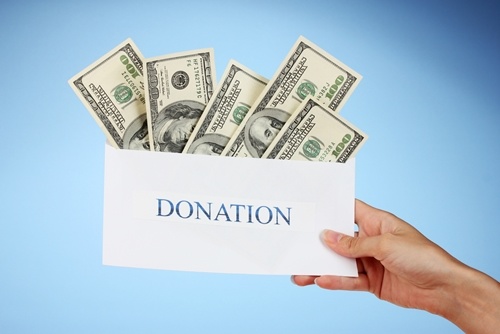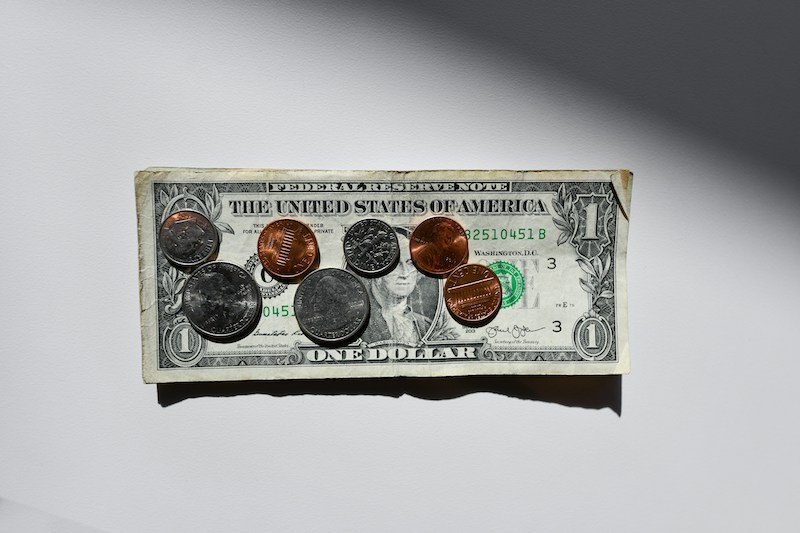
abacuswealth.com
The Tax Cuts and Jobs Act of 2017 raised the standard deduction for US taxpayers and capped the state and local tax deduction at $10,000. This greatly reduced the number of taxpayers who itemize on their tax return and caused a major reduction in charitable giving.
Taxpayers who itemize can reduce their income by the amount that they give to eligible charities and charitable organizations, and thus pay less in taxes.
When you pay taxes you (or let’s be real – your accountants) add up all of your deductions (charity donations, student loan interest, et cetera) and if it’s more than the standard deduction of $12,400 for single people ($24,800 for married couples filing jointly), you can reduce your income by that amount and pay taxes on that amount.
Since the standard deduction is now higher, less people are itemizing all their deductions as they don’t expect to exceed the standard deduction. This disincentives people from giving to charities as they won’t be able to use that donation to lower their tax burden.
This year offers a special opportunity thanks to the CARES Act.
The CARES Act was passed in response to the Coronavirus pandemic and offered a special incentive for people to give more to charities, many of which are facing more demand than ever as the pandemic rages on.
Starting in 2020, up to $300 in charitable contributions may be used as an above-the-line deduction, meaning that you would be able to deduct up to $300 in charity donations and mutual funds even if you take the standard deduction.
Let’s say you are a single person that lives in Washington State and make $60,000 a year. Your top Federal tax rate is 22% and you pay no state tax in Washington.
Now, you’re very likely to take a standard deduction of $12,400, meaning you would only need to pay taxes on $47,600 of adjusted gross income, lowering your tax bill by $2,728 (22% of $12,400).
But, thanks to the CARES Act, if you also give $300 in charitable contributions to charity this year, you would be able to deduct that money as well, reducing your taxes by an additional $66.
 cashcentral.com
cashcentral.com
A few caveats with this. First, you have to give to a qualified public charity. Check on their website that you are giving to a 501(c)3 organization before you give. You can also check on the IRS website for a list of organizations you may be able to donate to.
Second, it has to be cash-giving, so giving your old sweater to Goodwill unfortunately doesn’t count. Third, if you give over $250 to an organization, you have to get a “written acknowledgement” of the gift. That just means you want to be sure to ask for a receipt when you send the money to the charity.
A lot of charities have been hit very hard because of COVID-19, and making sure that they have the resources available to continue to help people can be really important for the people who rely on the generosity of others.
With the CARES Act, you can help make sure that charities you believe in are able to continue their work while also saving yourself money come tax time. It might be time to speak with a financial advisor to set charitable goals for 2020 and 2021.
If interested in opening a charitable giving account, we recommend Fidelity Charitable. They can help identify private foundations and charities to support, as well as recommend grants. Over time you can grow your donor advised funds, tax free and look into donating stocks or donating with a credit card.
Fidelity Charitable also provides a helpful charitable giving tax savings calculator.











